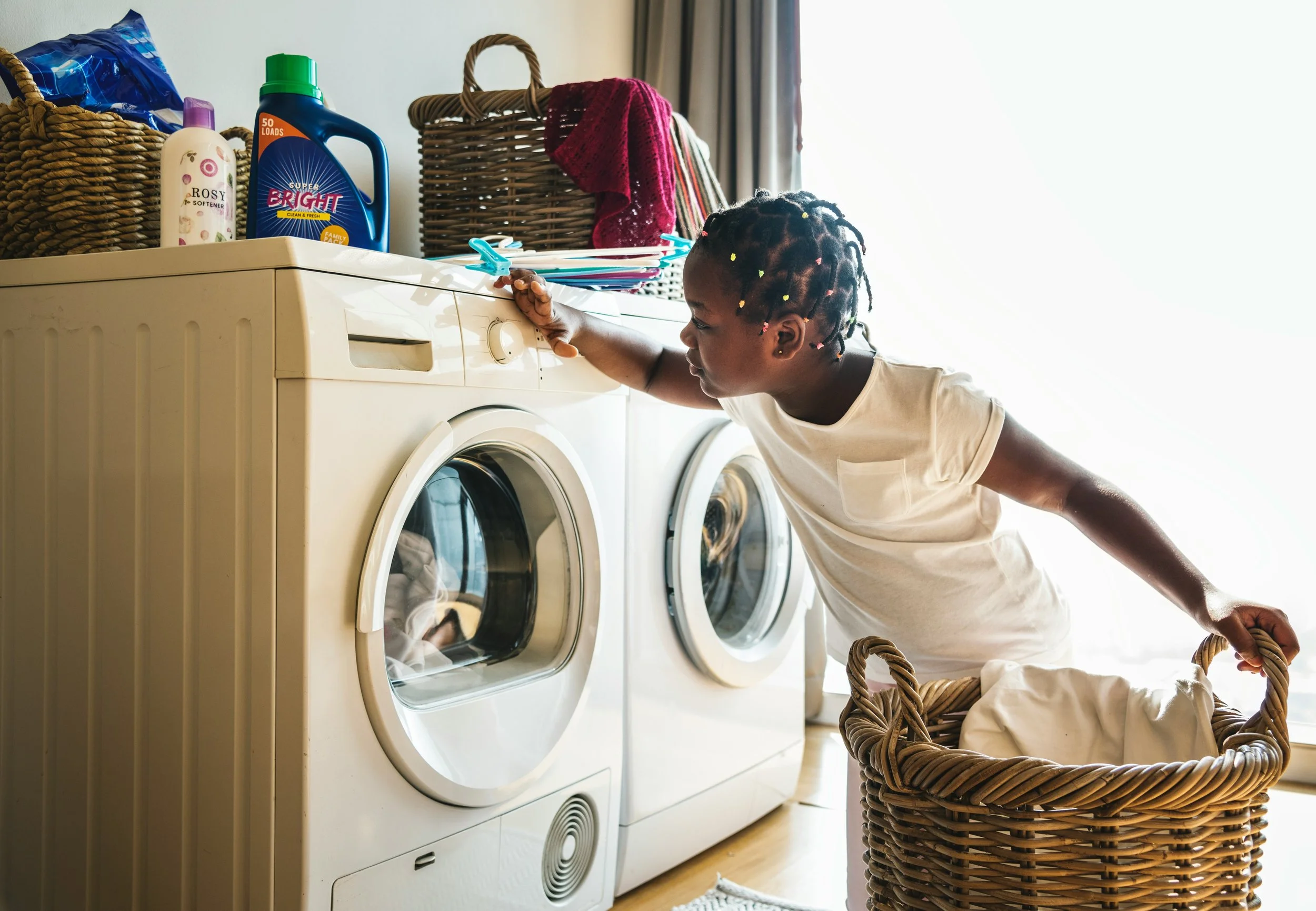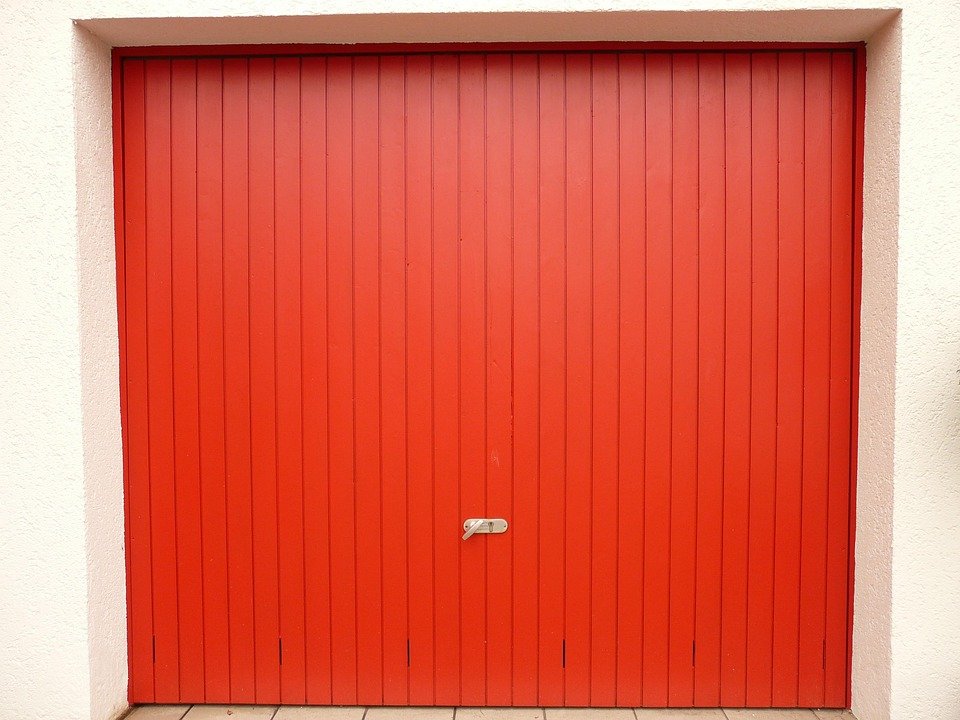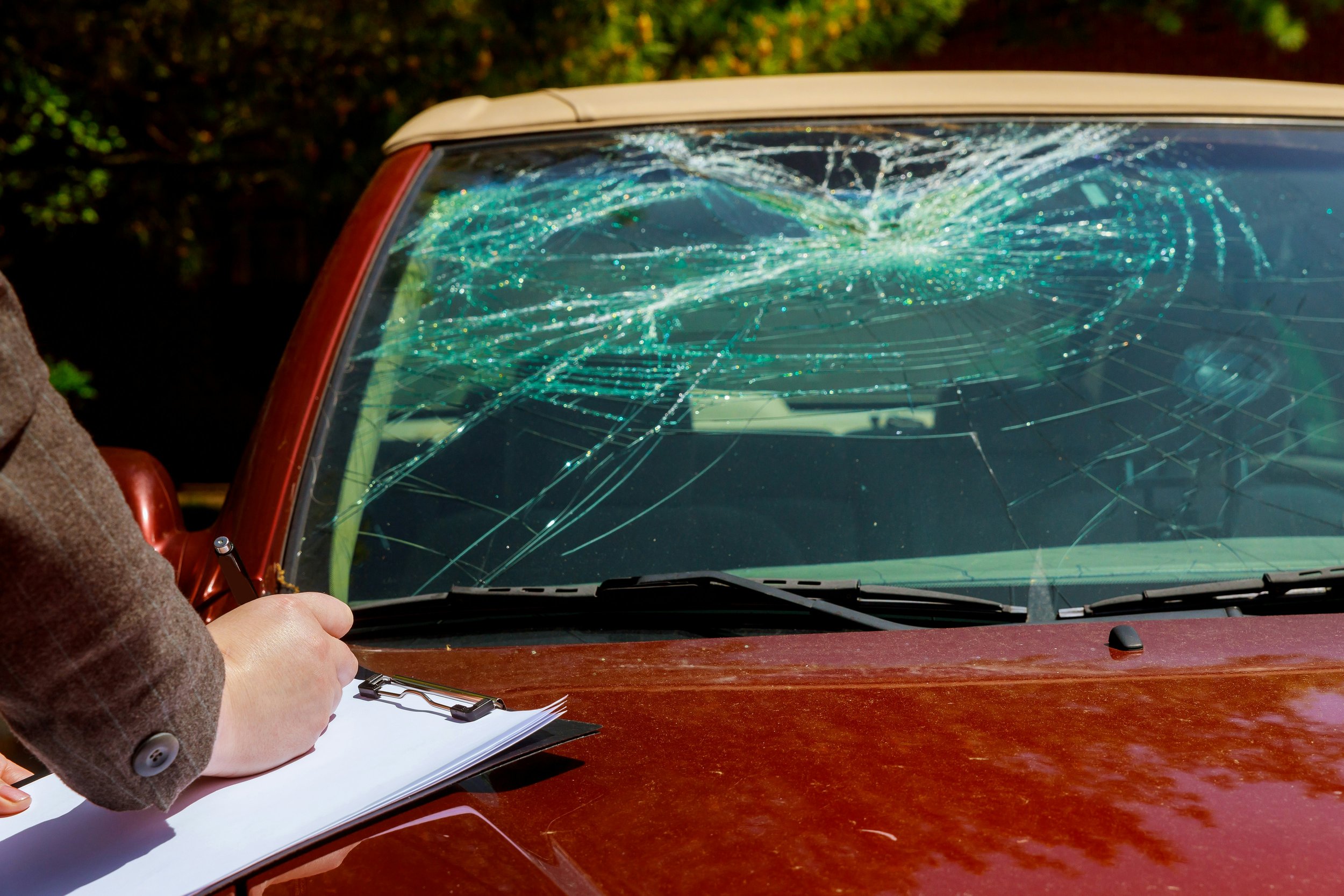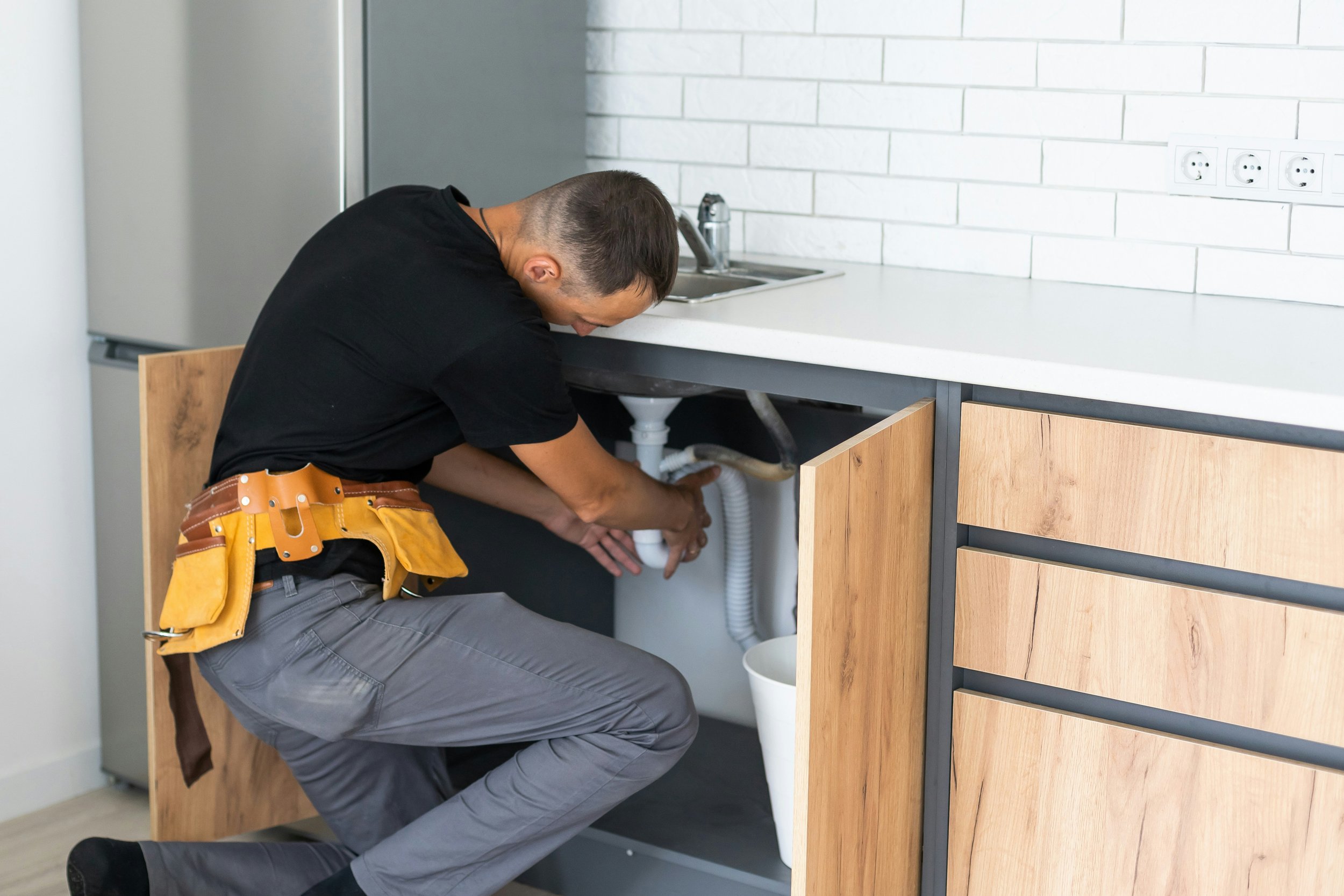How to Fix a Washer That Won't Spin: Step-by-Step Guide
Is your washing machine giving you the silent treatment when it comes to spinning? Don’t fret! This comprehensive guide will walk you through the steps to fix a washer that won’t spin, saving you time and money.
Picture this: you toss your clothes into the washing machine, hit the start button, and walk away, only to return to a tub full of water and soggy laundry. Ugh! If you've ever found yourself in this frustrating predicament, you're not alone. A washer that won't spin can feel like the end of the world, especially when you're in a rush to get those clean clothes dried and ready to wear.
But before you call in the professionals or even consider buying a new machine, let’s hit the brakes! There are several reasons why your washer may be refusing to spin, and many of them are quite simple to fix. In this step-by-step guide, we're diving deep into the common causes of this issue and how to tackle them. So roll up your sleeves, and let’s get to work on fixing that stubborn machine!
How to Fix a Washer That Won't Spin: Step-by-Step Guide
1. Understanding the Basics of Your Washer
Before we jump into fixing your washer, let’s take a moment to understand how it works. A washing machine has several key components that work together to ensure your clothes come out clean and well-spun.
How a Washing Machine Works
The Agitator: The agitator is a key component in many washing machines, designed to move clothes around during the wash cycle. By rotating back and forth, it creates friction between the clothes and water, effectively loosening dirt and stains for a thorough clean.
The Drum: The drum is the part of the washing machine where you load your clothes for washing. During the rinse and spin cycles, it rotates at high speeds to remove excess water from the laundry, helping to reduce drying time and prepare clothes for the next step.
The Pump: The pump is a crucial component of a washing machine, responsible for draining water from the drum after the wash and rinse cycles. It efficiently removes used water, allowing the machine to proceed with spinning and preparing the clothes for drying.
Now that you have a basic understanding of your washer, let’s dive into the common causes of why it might not be spinning.
2. Common Causes of a Washer Not Spinning
Sometimes it’s easy to overlook the obvious! Here are some common culprits behind your washer’s spinning issues:
Overloaded Washer
One of the most common reasons a washer may not spin is overloading. When too many clothes are packed into the drum, it can prevent the machine from moving freely. This overload causes strain on the motor, making it difficult for the washer to complete the spin cycle, leading to improper drainage and wet clothes.
Uneven Load Distribution
Just like overloading, unevenly distributed clothes can affect the washer’s balance. When heavier items like towels or blankets are concentrated on one side, the drum becomes unbalanced, making it difficult for the machine to spin properly. This imbalance can cause the washer to stop mid-cycle or spin slowly, leaving clothes damp after washing.
Clogged Drain Pump
If your washer isn’t draining properly, it’s likely not going to spin either. A clogged drain pump can stop water from exiting the drum, leaving the load wet and heavy. This extra weight can prevent the machine from completing the spin cycle, resulting in clothes that are still soaked after the wash.
Faulty Lid Switch
The lid switch is a safety feature designed to stop the washer from spinning if the lid is open. However, if this switch is faulty, it can prevent the machine from spinning even when the lid is closed. In such cases, the washer won't complete the spin cycle until the switch is repaired or replaced.
Broken Drive Belt
The drive belt links the motor to the drum, enabling it to spin during the wash cycle. If the belt becomes worn or breaks, the drum won’t be able to turn, which means the washer won’t spin. In this case, replacing the belt is necessary to restore the machine’s functionality.
Worn Out Motor Coupling
The motor coupling serves as a connection between the motor and the transmission, allowing the motor to turn the drum. If the motor coupling becomes worn or damaged, the motor won’t be able to drive the drum effectively, causing issues with spinning or washing. Replacing the coupling can resolve this problem.
Malfunctioning Timer or Control Board
If the timer or control board malfunctions, it may fail to send the necessary signals to start the spin cycle, causing the washer to skip this crucial step. Without the spin cycle, excess water remains in the clothes, leaving them soggy. Replacing or repairing the timer or control board can resolve this issue.
3. Tools You’ll Need
Before you begin fixing your washer, make sure you have the following tools handy:
Screwdriver set (Phillips and flathead)
Pliers
Towels or sponge (for spills)
Bucket (to catch any water)
Replacement parts (if necessary)
4. Step-by-Step Guide to Fixing Your Washer
Let’s roll up our sleeves and get started! Follow these steps to troubleshoot and fix your washer.
Step 1: Check the Load
Before diving into any repairs, check the load in your washer. Remove any excess clothing and distribute the remaining items evenly.
Tip: Aim for a balanced load—mix heavier items with lighter ones to help distribute weight evenly.
Step 2: Inspect the Drain Pump
Next, check the drain pump for clogs or debris.
How to Inspect:
Unplug the washer and locate the drain pump (usually at the bottom).
Remove any hoses connected to the pump and check for blockages.
Clear any debris and reattach the hoses.
Step 3: Test the Lid Switch
Now it’s time to test the lid switch.
How to Test:
Open the lid and press down on the switch (usually located on the lid frame).
Use a multimeter to check for continuity. If there's no continuity, replace the lid switch.
Step 4: Examine the Drive Belt
If everything looks good so far, check the drive belt for damage.
How to Examine:
Remove the back panel of the washer.
Inspect the drive belt for fraying or breakage.
If it’s damaged, replace it with a new belt.
Step 5: Replace the Motor Coupling
If the drive belt is in good condition but your washer still won’t spin, it might be time to look at the motor coupling.
How to Replace:
Disconnect the washer from power.
Remove the cabinet to access the motor.
Unscrew the motor coupling and replace it with a new one.
Step 6: Check the Timer or Control Board
If all else fails, the timer or control board may be the issue.
How to Check:
Look for signs of damage or burnt components on the control board.
If necessary, consult the manufacturer's guide to test the timer with a multimeter.
Replace any faulty parts.
5. Preventative Maintenance Tips
Now that your washer is up and spinning like a champ, let’s keep it that way! Here are some tips to prevent future issues:
Don’t Overload: Stick to the recommended load size for your washer.
Regular Cleaning: Clean the drain pump and hoses regularly to prevent clogs.
Check the Lid Switch: Occasionally check the lid switch for wear and tear.
Monitor the Belt: Inspect the drive belt for any signs of damage periodically.
Conclusion
Fixing a washer that won’t spin might seem daunting at first, but with a bit of know-how, you can tackle it like a pro. By following this How to Fix a Washer That Won't Spin: Step-by-Step Guide, you'll not only save money but also gain a sense of accomplishment that comes from doing it yourself.
So the next time your washer leaves you high and dry, remember this guide and get ready to roll up those sleeves!
Frequently Asked Questions
1. How often should I perform maintenance on my washing machine?
It’s a good idea to check your washer every few months for any signs of wear and tear.
2. Can I use vinegar to clean my washer?
Yes! Vinegar is an excellent natural cleaner for removing residue and odors.
3. What should I do if my washer is still not spinning after repairs?
If the problem persists, it might be time to call a professional to diagnose any underlying issues.
4. How can I prevent my washer from becoming unbalanced?
Ensure even distribution of laundry and avoid overloading.
5. Is it worth repairing an old washer?
Consider the cost of repairs versus the price of a new washer. If repairs are more than half the cost of a new one, it might be time to replace it.
































